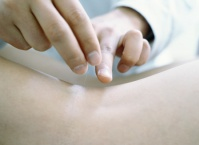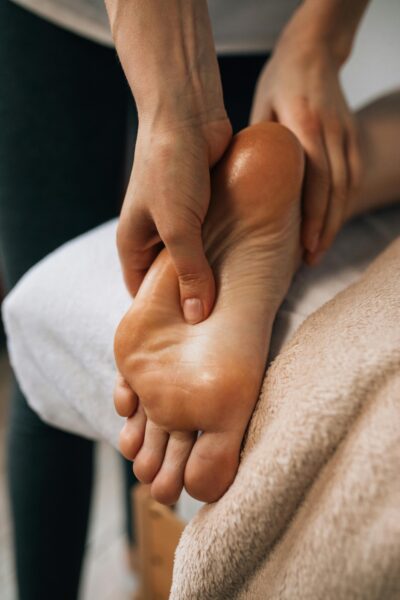
By: Carl Hangee-Bauer, ND, L.Ac.
At the 1993 Chinese National Games, nine Chinese women runners broke nine world records. In the 10,000 meter race, the previous record was broken by 42 seconds, an unbelievable time. The new 1500 meter record holder had been 73rd at the same distance the year before. Journalists and other athletes around the world took notice and accused the team of using steroids, even though the runners all passed steroid tests and there were no other indications of steroid use, such as acne or highly defined muscles. A press conference was held where Ma Jun Ren, the team coach, enraged by these accusations, held up a box of Chinese herbs he credited with his team’s performance. It was derived from cordyceps, a traditional Chinese herb used for generations as a lung Qi tonic.
At the 1992 Olympics in Barcelona, American pole vaulter Kory Tarpenning took two Chinese herb formulas, one containing deer antler which is rich in natural testosterone-like molecules and the other containing nine different types of ginseng. He did this to prevent pre-event jitters that had previously hampered his performance while at the same time avoid feeling sedated. He finished in 4th place and attributed his improved performance to the use of these herbs.
Based upon these as well as other experiences, many professional and amateur athletes use both acupuncture and Chinese herbal medicines as a part of their training and conditioning program.



